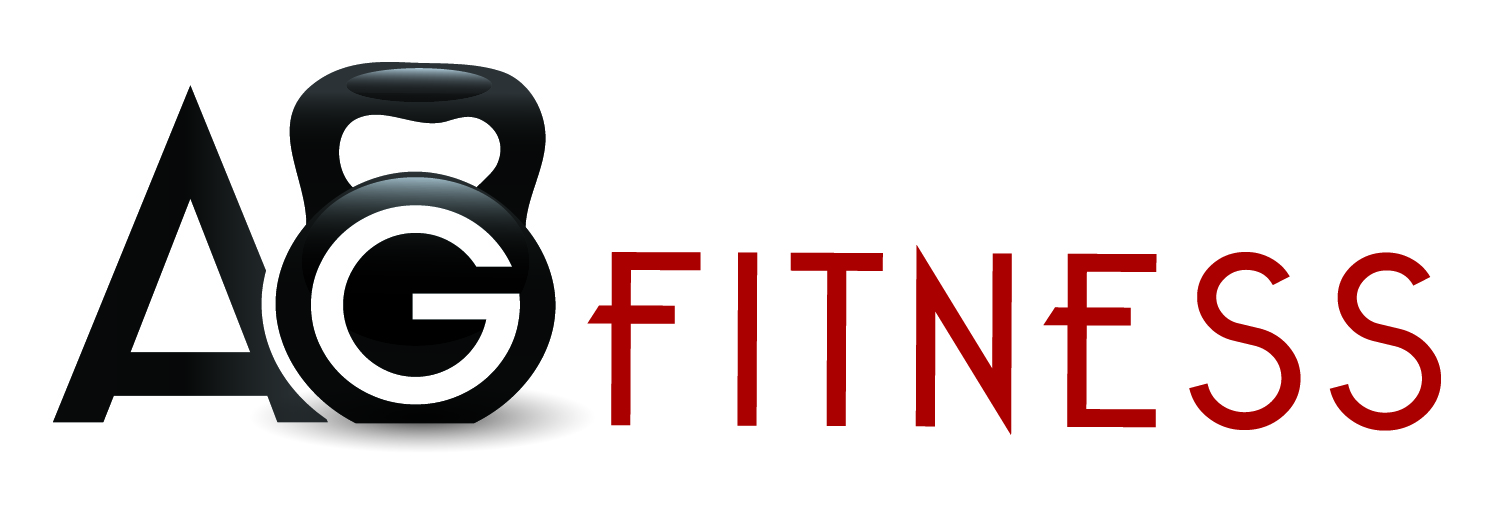Finding The Right Running Shoe
If you are interested in running, one of the first things you should do is buy a proper pair of running shoes. This can be a daunting task. There is a lot of technology that goes into a running shoe so where does one begin?
If you are a heel striker then you would be better off in a traditional running shoe with a higher heel counter. Another thing to consider if you are a heel striker is: do you pronate or not? Let me rephrase that – do you overpronate or not? Pronation is a natural movement. This is how our foot absorbs shock, adapts to different terrains and gets our first toe to the ground for push off. Problems occur if you overpronate, stay in a pronated position too long or both.
How can you tell if you overpronate? The best way to tell is to see a clinician such as Suzie who is qualified to do so. The clinician will watch you walk and better yet will have you walk over a computer force plate which will provide information on how much time you spend and how much pressure you put on different areas of your foot. The clinician should also do a clinical exam to look at the alignment of your foot to your leg and the forefoot to the rearfoot and assess you for any current complaints.
Once you know whether you have a neutral foot or a foot that overpronates and to what degree, you can start looking for shoes. All the major brands have cushion shoes for the neutral foot and then stability/mild motion control shoes for the mild overpronator and the highest level of motion control shoes for severe overpronators. Severe overpronators may also benefit from custom made orthotics in conjunction with a mild motion control shoe.
If you are a midfoot striker then you should consider the less traditional and newer minimalist running shoes. The minimalist running shoe movement came about when researchers started observing the best long distance runners in the world and realized that they are midfoot strikers with a faster cadence and shorter stride than other runners.
Now that I have discussed all the technical stuff, let us talk about some common sense stuff:
- Shop at the end of the day as feet swell during the course of the day
- Wear or take your running socks with you when you are shopping
Finally, let us talk about fit:
- Heel – the heel of the shoe should be snug but not tight. Laced up, but not tied, you should be able to slide your heel out.
- Instep – the instep should be snug and secure all around but there should not be any focal areas of pressure or hot spots.
- Width – you should be able to move your foot from side to side in the shoe without crossing over the edge of the insole.
- Length – you should have a thumb’s width of space between your longest toe and the end of the shoe.
- Flex – the flex point of the shoe should align with the flex point of your foot.
- Feel – bottom line, the shoe should feel comfortable on your foot when you walk around the store.
Happy Shopping!

